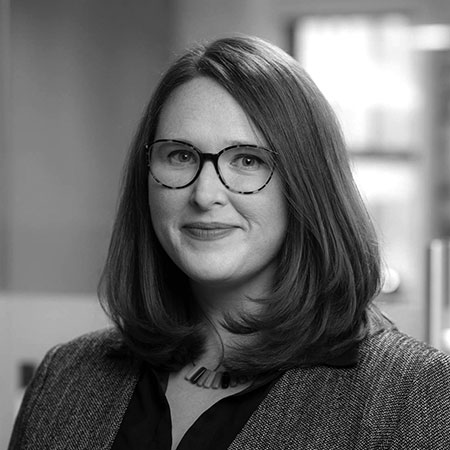The leader of Available Light’s westward expansion provides a behind-the-scenes look at starting a satellite studio
Why did Available Light (AvLt) decide to open a West Coast office?
Steven Rosen, the founder of AvLt, grew up in LA, so he has a soft spot for the place. In addition, outcomes of group strategic planning suggested the viability of a West Coast office that had been part of business development plans for a few years. I think it was serendipity that we started discussing what opportunities on the West Coast could be—we were on the same page and looking for roughly the same things.
Like me, all the designers currently working with AvLt have a theatrical background, and that creates an easy rapport among the team. While the firm specializes in architectural, museum and trade-show lighting design, I also bring a background in retail, architainment and experiential design—that expands the types of clients and projects the firm can take on.
What is the most exciting part of leading the expansion?
The most exciting part is working with the entire team. We just had a corporate retreat; it was amazing to get to know everyone in the company. AvLt has cultivated the most supportive and collaborative environment I’ve ever experienced. It was lovely to see every company member articulate our collective strengths and challenges, and then participate in thoughtful discussions regarding the company’s future.
What is the biggest challenge of starting a satellite studio?
It’s challenging to start a new job remotely, as it’s always more challenging to develop a bond with new people remotely. While tools like Zoom and Slack make inter-office discussion easier, I think getting to know everyone in person makes a huge difference in understanding new coworkers. One of the great things about AvLt is that there is not a lot of designer turnover, and many folks have been there a long time. So, I came into a firm where there were strong pre-existing relationships and the entire team has been welcoming.
Just like getting to know my coworkers better, the ability to develop new client relationships while working remotely also makes business development for a new studio more challenging. I’ve looked for more creative ways to meet and engage with new potential clients, like taking a meeting while walking in a park, as well as having deeper engagement on virtual platforms like LinkedIn, Zoom and text messaging.
How many designers make up the LA team?
We have recently hired two designers to support my workload and Rachel Gibney’s workload (in Phoenix). We don’t have a specific goal for the size of the team; we see it expanding organically over time. So stay tuned.
What market advantages does a California presence offer, in terms of the state’s leadership in energy standards and R&D?
California’s energy codes have always been at the forefront of sustainability standards; having an office in California and developing local projects gives us a bird’s-eye-view of where the rest of the country is headed. While I do believe the design should come first, and technology should be kept as simple as the design allows, technology innovations expand what is possible to execute. It’s exciting to see where the lighting and energy industries continue to develop even greater efficiencies; there are fascinating advancements in controls, power distribution and energy collection.
As designers, we must develop strategies to create energy-efficient outcomes while maintaining a high level of creative design solutions. Utilizing new lighting and controls technologies, often invented in California, is key to allowing us to operate at the nexus of robust creativity and responsible sustainability.

